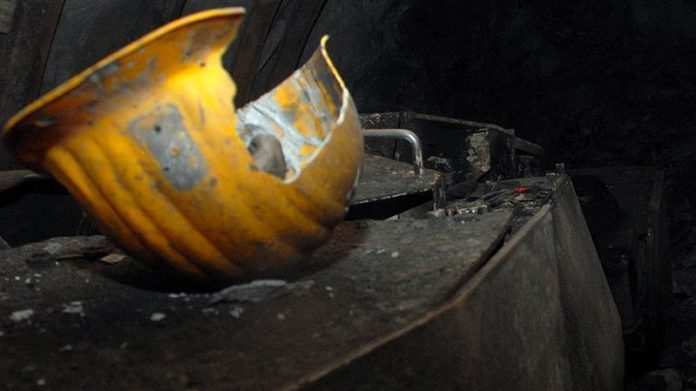
SOUTH Africa’s mining sector expressed its discontent with aspects of the draft Mining Charter, published by the Department of Mineral Resources (DMR) on June 15, saying that it contained a number of “surprise inclusions” such as a 30% target on BEE ownership in respect of existing licence owners.
The Minerals Council supported the 30% BEE ownership target for new mining right awards, however.
In a development that may point to less than happy negotiations when the Mining Charter summit takes place, pencilled in for July 7/8, the Minerals Council has also claimed a clause in the Mining Charter draft for a 1% levy on pre-tax earnings was not part of negotiations between it, the DMR and unions. Mining Charter negotiations started around early March and lasted for three months.
It also kicked back against a proposal in the draft charter to impose a 10% free carry for communities and mining company employees, although it acknowledged comments by mines minister, Gwede Mantashe today at an earlier press conference, that the DMR would consider alternative means of achieving the free carry other than handing over shares.
The Minerals Council’s statement today is a reminder that the road to agreeing a stable mining regulatory dispensation in South Africa will be no cake walk, even if the council made an up-front acknowledgement that Mantashe’s Mining Charter was a vast improvement on the document supported by his predecessor, Mosebenzi Zwane – a piece of proposed law-making that the council described at the time as “egregious”.
A long-standing critic of South Africa’s mining legislation, the respected attorney, Peter Leon of Herbert Smith Freehills, also weighed into the debate. “While Gwede Mantashe’s new draft Mining Charter … is an improvement on his predecessor’s, many of its provisions remain problematic and it is unlikely to result in much needed investment in the already embattled South African mining sector,” he said.
The key point of the Minerals Council’s objection was that the draft Mining Charter prejudiced new mining projects as the proposals would lower the competitiveness of the sector. It said: “Without competitiveness, investment in new exploration and mining will be limited and the current mining sector will continue to decline, to the detriment of all citizens. This is directly contrary to President Ramaphosa’s stated intention to attract $100bn in foreign investment into South Africa in the next five years”
Worryingly, the Minerals Council alluded – albeit distantly – to the prospect of taking the matter to the Constitutional Court by saying the Mining Charter “… contained elements that were unconstitutional and contrary to South African Company Law”.
The proposal for a free carry for employees and communities was “… a public policy choice” that had to be weighed against the benefits of attracting fresh project capital to the mining sector. It said there were other ways of achieving economic benefits for employees and communities and promised to engage with the DMR.
TARGETS
The council claimed that in asking for existing right holders to top up their BEE ownership to 30% from 26% currently, as per the 2004 and 2010 Mining Charters, the DMR had done an about-turn on previous negotiations.
“Despite a High Court declaratory order judgment and an agreement with the DMR, the issue of recognising the continuing consequences of previous BEE deals on existing rights, including for renewals, has not been properly captured in the Mining Charter,” it said.
“For mining companies in new rights applications to carry a 10% free-carried interest and an EBITDA based income stream for communities and labour, comes in addition to the industry’s Social and Labour Plan requirements, skills development requirements (R7bn per annum), the existing royalties (R6bn per annum) and corporate taxes,” it said.
The Minerals Council was also critical of potential exemptions offered to junior mining companies. The issue here is that junior miners are attempting to access a different capital pool than established miners which, usually with cash flow, have lower risk profiles. As a result, junior miners have asked to have different targets applied to them in the Charter.
The DMR acknowledged this but – said the Minerals Council – only back-handedly. “The lack of recognition of the need to phase-in or graduate the Charter’s requirements for junior and emerging mining companies is disappointing,” it said, whilst adding that it remained committed to further engagements on the Mining Charter with the DMR.
“The Minerals Council will continue to engage the DMR and other stakeholders. It will make a comprehensive submission to the DMR (including at the Mining Summit) on the key issues that need to be changed or resolved in order to achieve competitiveness, growth and transformation,” it said.











